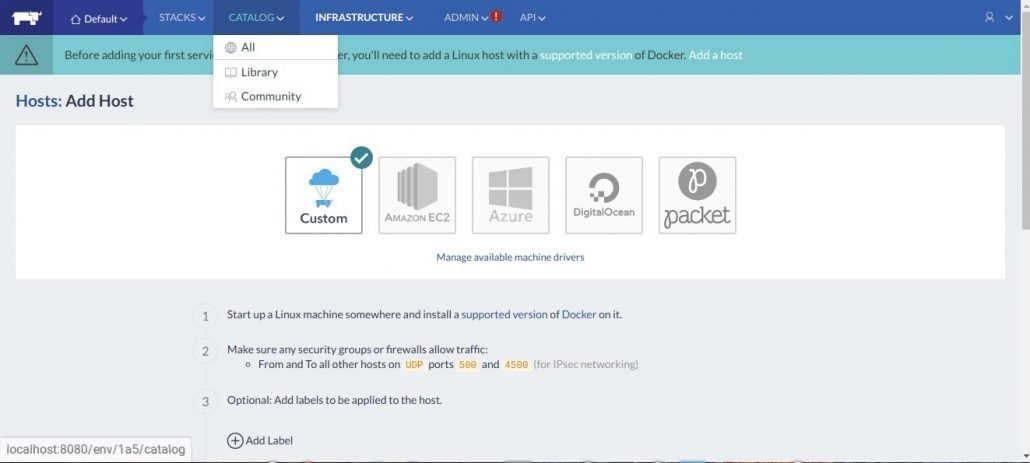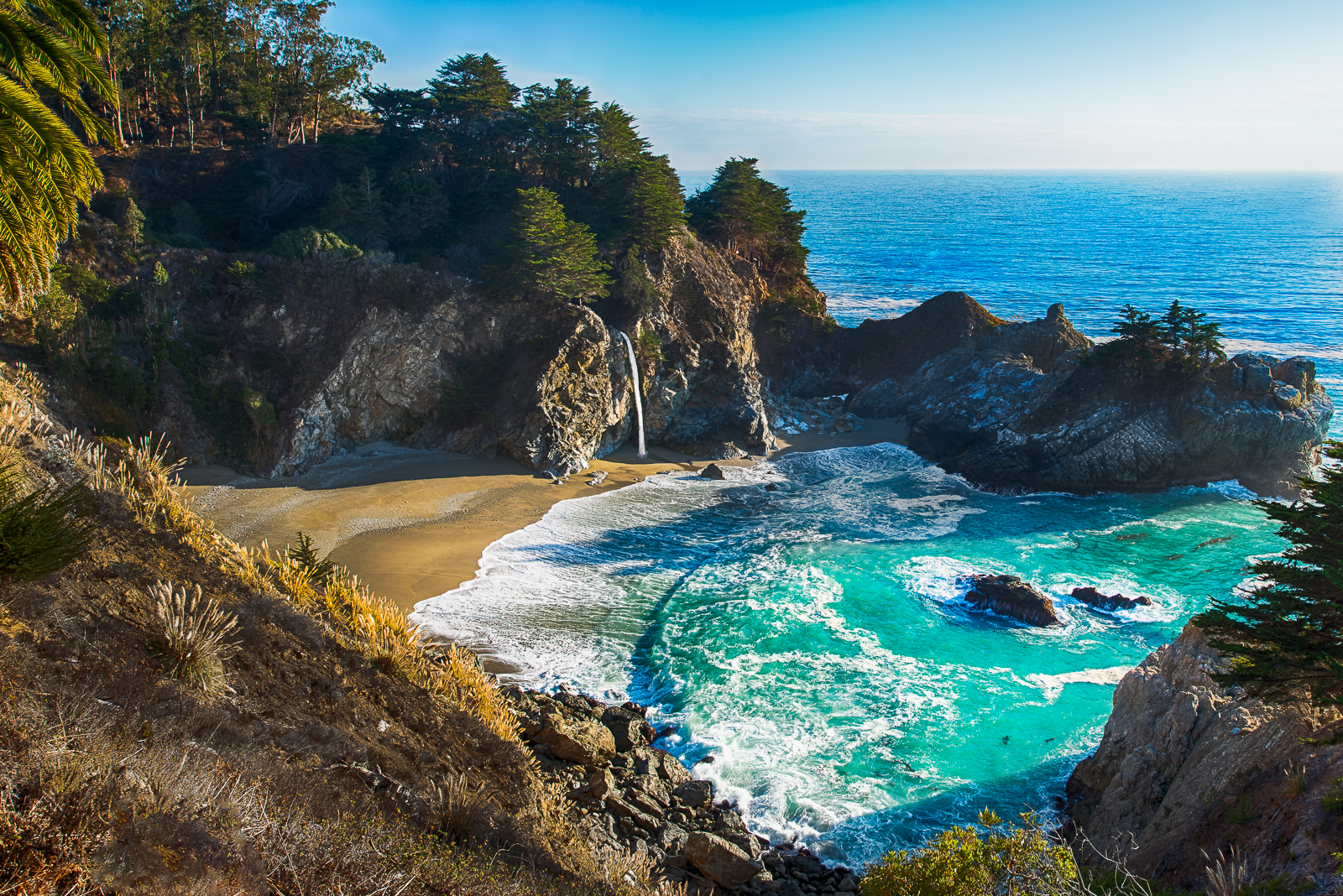

- Globalsan iscsi big sur install#
- Globalsan iscsi big sur archive#
- Globalsan iscsi big sur pro#
- Globalsan iscsi big sur software#
- Globalsan iscsi big sur download#
I've considered a base Mini M1 as a NAS host but Synology seems simpler overall for my intended use. I like being able to move drives around wherever needed. If Synology NAS supported HFS+ natively this would be an easier decision for me. Thanks for your thoughtful reply! I think we have similar views on this. Transmit and Mountain Duck offer encryption, so folders in Dropbox will contain locally encrypted backups, while a few will remain open for sharing music with others, etc. This will streamline DAW management and also enable remote access on my iDevices that have Dropbox apps installed.
Globalsan iscsi big sur install#
I won't install Dropbox integration on the new DAW and will try accessing only via Transmit or Mountain Duck. Dropbox has been fine for sync and backup but I may re-configure more toward backup. I barely use iCloud for general data storage. iCloud handles all the Apple services and apps that use iCloud for sync.

I currently run 2TB versions of both iCloud and Dropbox. ETA for my transition to Apple Silicon is Q3 2022.
Globalsan iscsi big sur software#
With WWDC just weeks away, I'll wait for M2 announcements while also giving Mac Studio manufacturing and native software releases a bit more time to settle. If I decide against NAS, then the DAW SSD, data SSD and two spinners cold share a 4-bay chassis like the one you're planning, assuming noise from the Thunderbay is reasonable.
Globalsan iscsi big sur archive#
Then backup and archive can be its own NAS subsystem with the spinners.
Globalsan iscsi big sur pro#
Capacity-wise, STX sitting atop Mac Studio is nearly my 2010 Mac Pro without PCIe slots. Ideally every drive connected to the Mac will be SSD, with large spinners reserved for backup and archive. I am also considering OWC STX expansion for the Mac Studio, which can host the DAW NVMe and a second larger eSATA drive for general data - spreadsheets, music and photos, etc. DAW recording will be to a throwaway external drive, probably 1TB SSD - record until it nears EOL than swap in another. Have your ordered Ultra 64GB/4TB? My plan is still Max 64GB/4TB, with OS, apps & sample libs internal.


With the relatively small amount of data I push around though, I think I would prefer a DAS enclosure and have a simpler setup.Thanks for your thoughtful reply! I think we have similar views on this. I too particularly like the idea of NAS cloud backups without the need for your main machine. I thought long about a NAS system setup via Ethernet, and the Synology 220+ or similar is a very good candidate for a NAS solution. After the iSCSI target device has been formatted, you can read and write to the device just like you would to a USB storage device.For sure, I will do, and I am currently weighing up options. Click on the whole disk entry, select the Partition tab, enter the volume name and the desired file system format.Ĭlick Apply to get the confirmation popup. You’ll see the iSCSI “virtual disk” entry. Start the Disk Utility that resides in the Applications / Utilities folder. If the device already has a file system and you wish to keep it, skip this step. This step should be taken if you wish to create a file system on the device. Enter the user name and password, and click Connect.Īt this point, you’re connected to the iSCSI target device and the device volume icon should show up on the desktop. You can click on the Connected checkbox to connect to the target device, or if you had specified CHAP authentication, select the target entry and click the Log On… button. You should see the iSCSI target device that was created in FrontView. You’ll see the IP address listed in the Portals page. In the popup, enter the IP address of the ReadyNAS. Select the Portals tab.Ĭlick on to add an iSCSI portal. Step 2: Setup globalSAN iSCSI Initiator to connect to the iSCSI targetĪfter rebooting, open the globalSAN iSCSI utility from System Preferences. You’ll need to reboot the Mac after the installation.
Globalsan iscsi big sur download#
Click on the icon below to open their download page. The folks at Studio Network Solutions has made their globalSAN iSCSI Initiator available free for download subject to their EULA. Step 1: Download and install the globalSAN iSCSI Initiator It’s a simple 3-step process to setup access to the iSCSI target on the ReadyNAS. There are several iSCSI initiators available for OS X, but we’ll limit this example to using the globalSAN iSCSI initiator which appears to be popular.


 0 kommentar(er)
0 kommentar(er)
